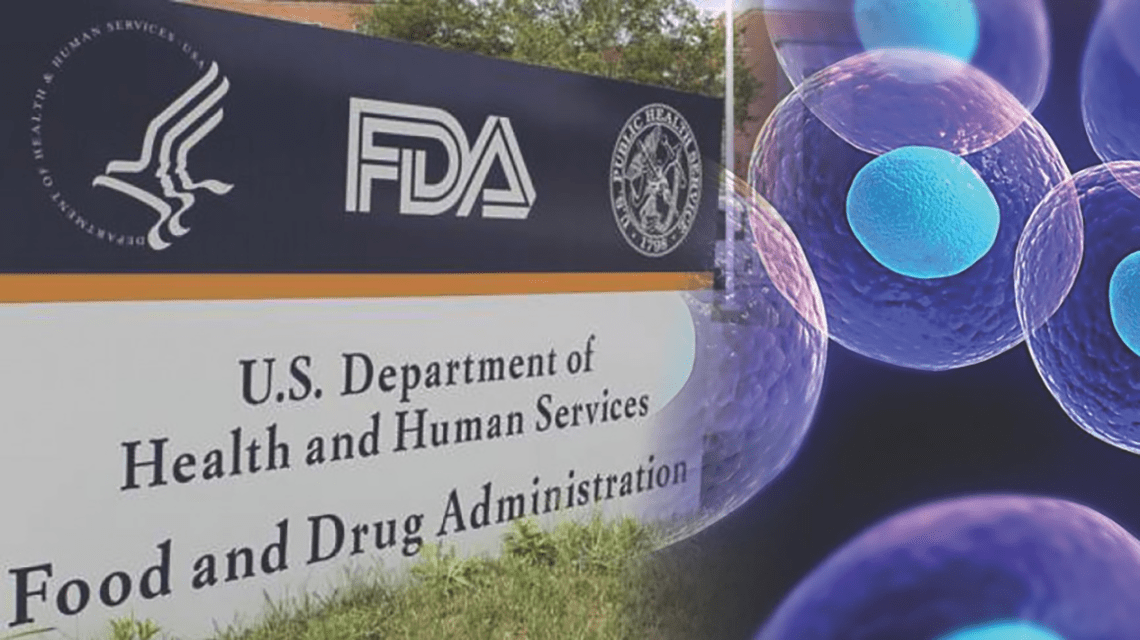We Are Learning How to Improve PRP Injections for Hair Loss

Hair loss is a problem affecting millions of people around the world.
Most hair loss is related to age, but some people begin losing their hair as a result of a condition or a medical treatment, such as chemotherapy. The regenerative medicine community is seeking to find new and better ways to help restore lost hair, and along the way we are learning how to improve PRP injections for greater efficacy.
There currently are no standards for treating hair loss with PRP. That is not for lack of trying, though. The challenge we face in creating standards is the reality that we still do not quite understand the mechanism behind how PRP and its associated growth factors stimulate hair growth. Evidence shows that it does, we just don’t know why.
Setting any meaningful standards is impossible until we understand this mechanism. But ongoing research is providing new information every day. The regenerative medicine community is gradually learning some very important things that we believe will eventually have a profound effect on PRP treatments for hair loss.
Determining the Best Candidates
The newness of PRP treatments for hair loss is partially responsible for clinicians not adequately screening patients to determine the best candidates. Understandably, doctors are trying to treat as many patients as possible in order to learn more about how PRP injections work. But as time goes by, it is becoming more apparent that some people are better candidates than others. This knowledge is helping doctors better screen before recommending PRP.
Establishing Treatment Protocols
Patients can receive PRP therapy for hair loss by way of standard injections or the use of a modified dermal roller. Research and anecdotal evidence is helping us to better understand both kinds of procedures. In some cases, targeted injections tend to return better results while in other cases the dermal roller approach seems to be better.
The task is one of figuring out the best method for an individual patient. As we learn more about how PRP and its growth factors stimulate hair growth, doctors should be able to determine which procedure to use on a case-by-case basis.
Establishing a More Accurate Prognosis
One area that really needs improvement is that of determining efficacy so as to offer a reasonable prognosis during the consultation stage. This might be easier said than done right now. In some patients for example, PRP injections work very well in areas where hair is thinning but not so well where hair loss is complete. Because patients react to treatments differently, a general prognosis can be tricky.
We are gradually learning to identify patterns in efficacy. Analyzing the data is helping us better understand how PRP treatments are likely to work in different scenarios, allowing doctors to offer more refined prognoses based on past results.
Not an Exact Science
The long and short of it is that treating hair loss with PRP injections is by no means an exact science. Our industry has a general idea of how it all works, but there are still too many unknowns to explain everything in black and white. Indeed, that is why we need to continue to study and learn.
What we can all agree on is that PRP contains growth factors known to encourage hair growth. We also know that doctors report favorable results for many of their patients. And of course, patients themselves have seen satisfactory results with PRP. We need to take what we already know and combine it with what is being learned through research to improve how this amazing therapy is used.
-3.jpg?width=693&height=225&name=Apex%20Logo%20(NEW%20-w-o%20gradient)-3.jpg)

